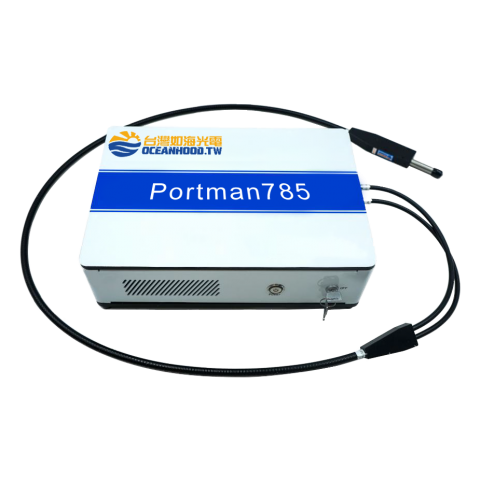The Portman Series portable Raman spectrometer is a compact Raman system designed for both laboratory use and on-site detection across a wide range of applications. The main unit can be configured with different excitation wavelengths, spectral ranges, and resolutions based on specific customer needs and application scenarios. Equipped with a laser that meets Class IIIB safety standards, the system supports full software control and enables one-click data acquisition for a streamlined user experience.
A variety of sampling accessories are available to accommodate solids, liquids, powders, and other sample forms. Specialized attachments such as micro-area sampling modules and immersion probes make the Portman Raman system suitable for complex scenarios including SERS, 2D materials, gemstones, online chemical analysis, biopharmaceuticals, and pharmaceutical applications.
The software includes advanced features such as fluorescence removal, signal extraction, material identification, and spectral database management. The Portman Raman spectrometer has been widely adopted in industries such as food safety, homeland security, gem identification, and pharmaceuticals for rapid raw material screening, on-site detection, and substance identification.
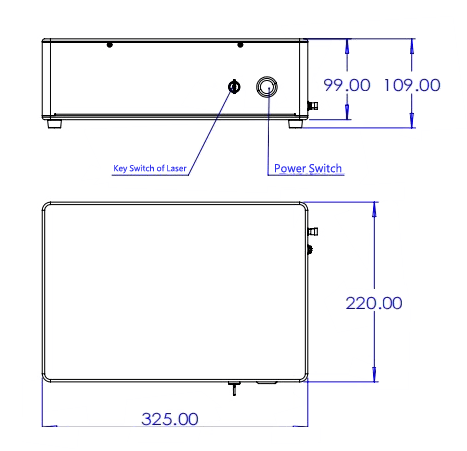
Food Safety Testing
The Portman 785 is well-suited for food quality control and compositional analysis, covering applications such as process monitoring, qualitative and quantitative evaluation of ingredients, and food safety inspections.
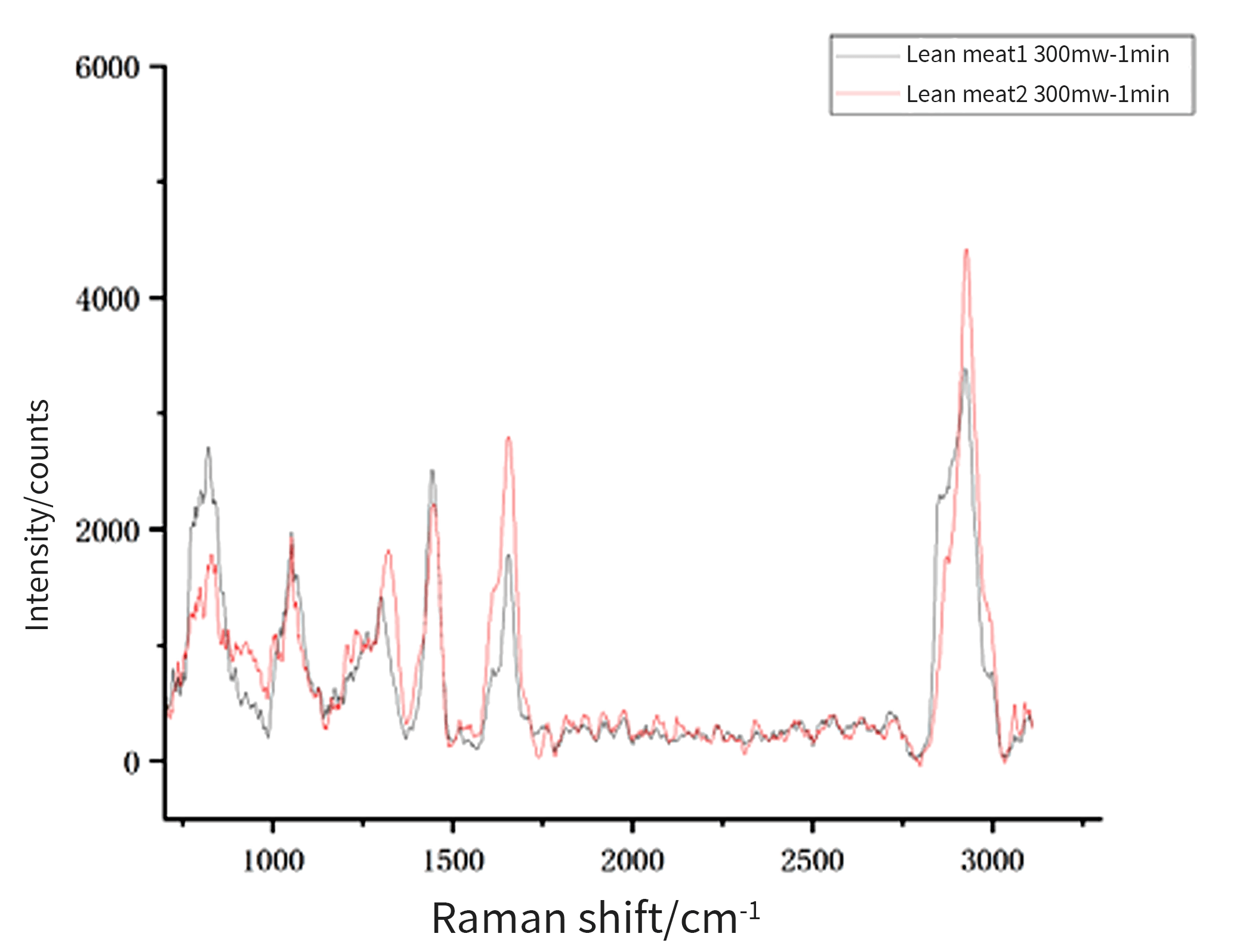
Water Environment Monitoring
The Portman 785 utilizes surface-enhanced Raman spectroscopy (SERS) for rapid and highly sensitive detection of waterborne contaminants, including heavy metal ions, organic compounds, and microplastics. It delivers precise trace-level analysis to support water protection initiatives and effective pollution control.
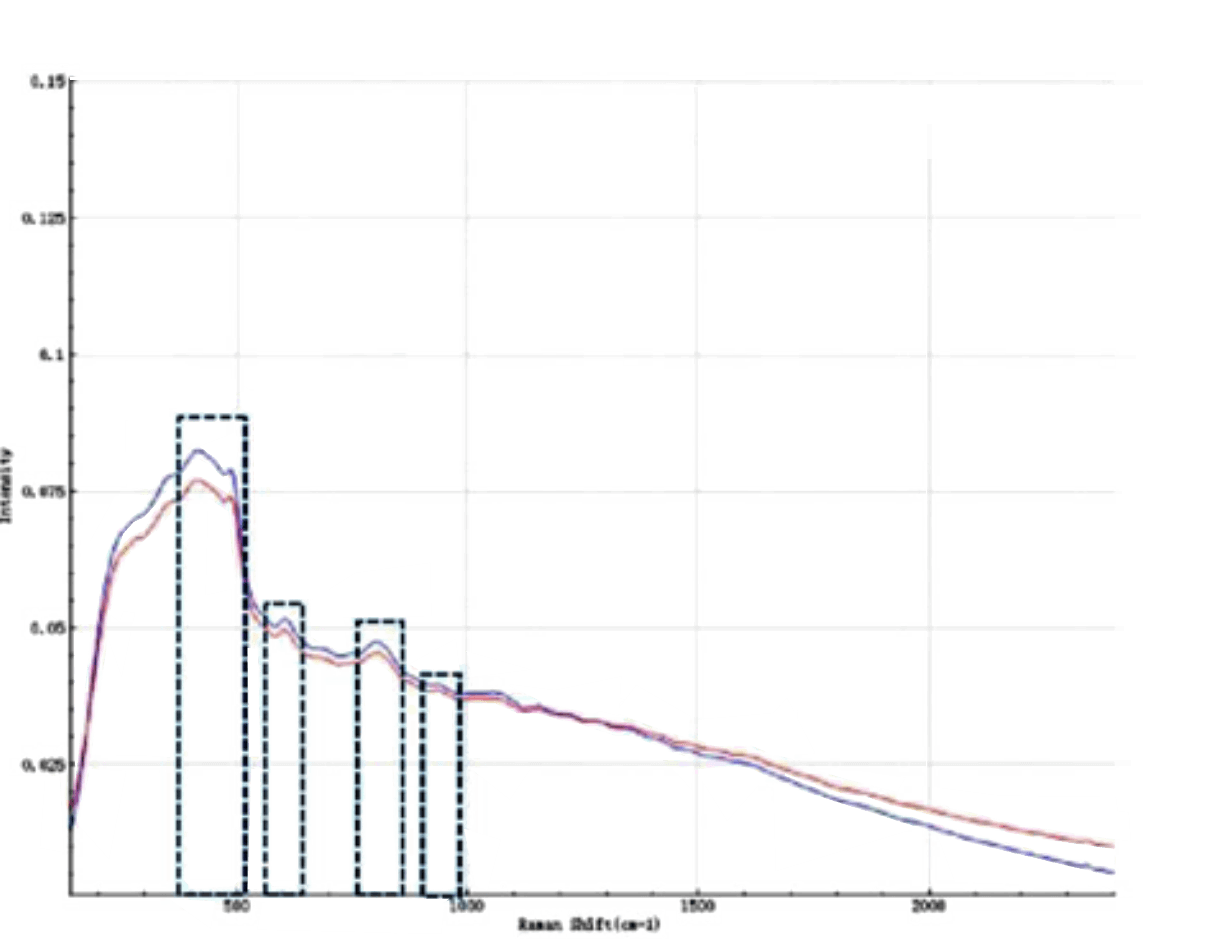
Jewelry and Antiquities Sector
The Portman 785 enables accurate gemstone authentication, compositional analysis, and material identification of historical artifacts. It provides precise analysis of inorganic cultural relics—such as pigments, metals, and ceramics—as well as organic materials like dyes and adhesives, offering essential insights for artifact preservation and restoration.
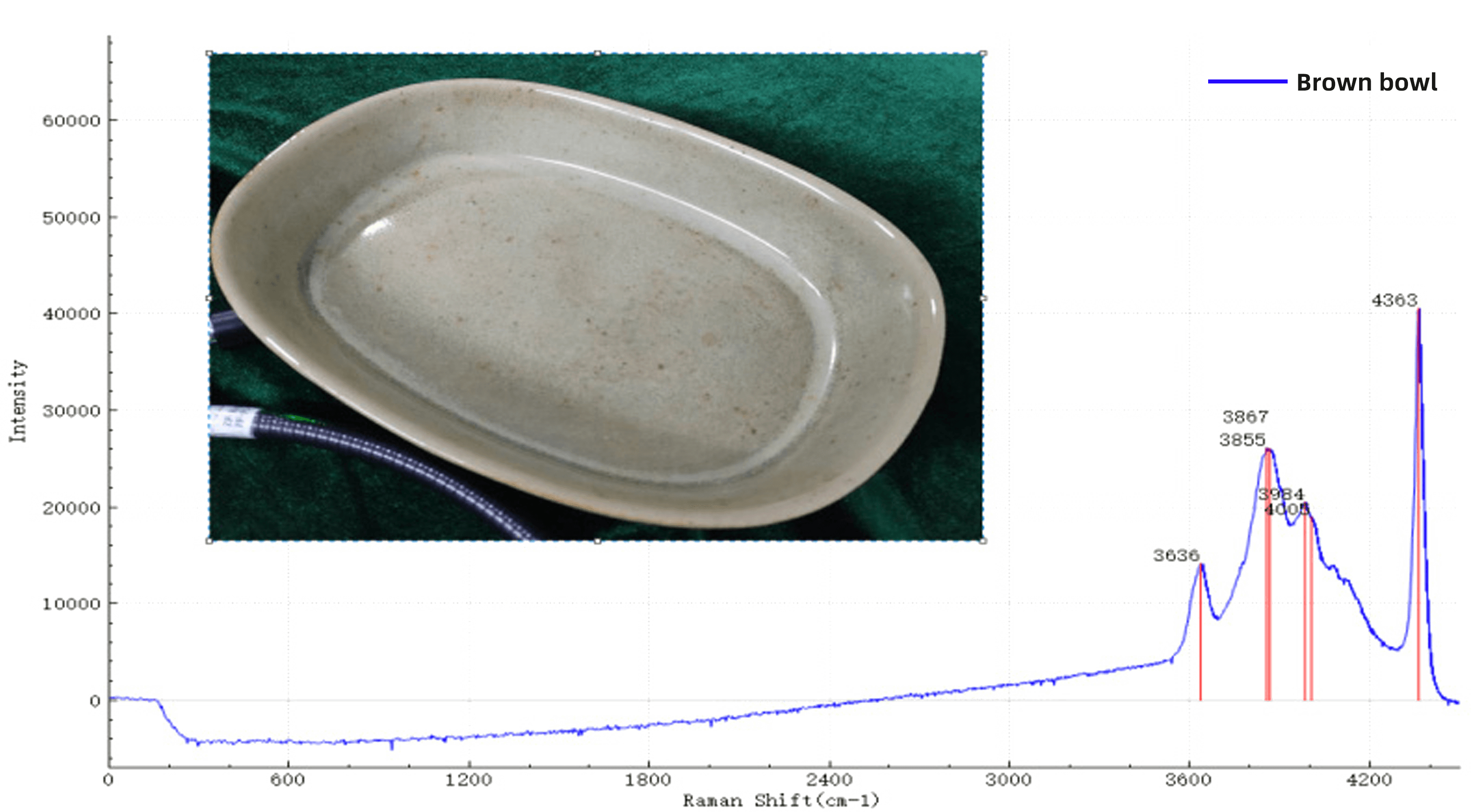
A variety of sampling accessories are available to accommodate solids, liquids, powders, and other sample forms. Specialized attachments such as micro-area sampling modules and immersion probes make the Portman Raman system suitable for complex scenarios including SERS, 2D materials, gemstones, online chemical analysis, biopharmaceuticals, and pharmaceutical applications.
The software includes advanced features such as fluorescence removal, signal extraction, material identification, and spectral database management. The Portman Raman spectrometer has been widely adopted in industries such as food safety, homeland security, gem identification, and pharmaceuticals for rapid raw material screening, on-site detection, and substance identification.
-
Features
- Platform-Based Design with Multiple Wavelength Options
Standard configurations include 532 nm, 633 nm, 785 nm, and 1064 nm; other wavelengths (e.g., 671 nm) are available upon request.
- Flexible System Configurations
Available in deep-cooling, cooling, and non-cooled models to meet various sensitivity and application requirements.
- High Resolution and Strong Fluorescence Suppression
Capable of accurately measuring samples with strong fluorescence backgrounds.
- Spatial Optics and Compact Confocal Design
Enables a small laser spot and high spatial resolution, ideal for micro-area detection.
- Multi-Platform Compatibility
Supporting PC, mobile devices, and microscope integration, making it suitable for both lab and field measurements, including immersion sampling.
- Versatile Sampling Accessories
Offering flexible sampling modules including lab stands, immersion probes, and holders for solids, liquids, and powders.
- Intelligent Software Support
Equipped with functions such as Raman baseline correction, periodic acquisition, normalization, and spectral identification. Cloud-based data management is also supported.
-
Specification
785 nm
| Model | PR785-D | PR785-T | |
| Cooling Option | Deep Cooling (-25℃) | Cooling (-5℃) | |
| Spectra Range(cm-1) | 200-3000 | 200-2000 | 200-3000 |
| Spectral Resolution (cm-1) | ~8 | ~3.5 | ~8 |
| Excitation Wavelength | 785±0.5nm / Line width<0.08nm | ||
| Output Power | 0-500mW (adjustable) | ||
| Probe Working Distance | 7.5 mm | ||
| Dimension | 325×220×99 mm | ||
| Weight | ~4.4 kg | ||
| Operating temperature | 0-40℃ | ||
| Operating humidity | 5-80% | ||
-
Dimensional drawing

-
Applications
Portman - 785 nm
Tumor Detection
The Portman 785 provides detailed molecular structural information of cells and tissues, aiding in the early detection and diagnosis of cancer. It is also valuable for drug screening, cell activity assessment, and a wide range of applications in biomedical research, clinical diagnostics, and pharmaceutical development.
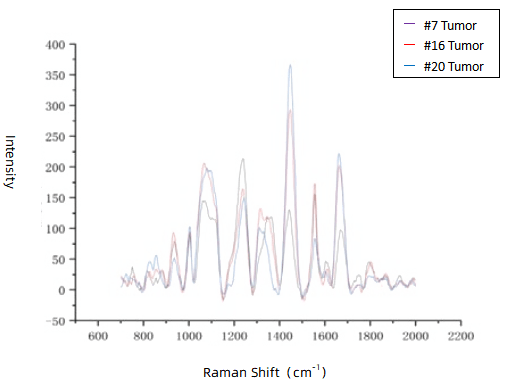
Tumor Detection
The Portman 785 provides detailed molecular structural information of cells and tissues, aiding in the early detection and diagnosis of cancer. It is also valuable for drug screening, cell activity assessment, and a wide range of applications in biomedical research, clinical diagnostics, and pharmaceutical development.

Raman spectra of brain tumor tissue slices.
Food Safety Testing
The Portman 785 is well-suited for food quality control and compositional analysis, covering applications such as process monitoring, qualitative and quantitative evaluation of ingredients, and food safety inspections.

Meat testing spectra.
Water Environment Monitoring
The Portman 785 utilizes surface-enhanced Raman spectroscopy (SERS) for rapid and highly sensitive detection of waterborne contaminants, including heavy metal ions, organic compounds, and microplastics. It delivers precise trace-level analysis to support water protection initiatives and effective pollution control.

Raman signals of wastewater samples.
Jewelry and Antiquities Sector
The Portman 785 enables accurate gemstone authentication, compositional analysis, and material identification of historical artifacts. It provides precise analysis of inorganic cultural relics—such as pigments, metals, and ceramics—as well as organic materials like dyes and adhesives, offering essential insights for artifact preservation and restoration.

Raman spectra of antiquities.

